Home>Furniture & Design>Interior Design Trends>How To Plant Air Plants In Glass
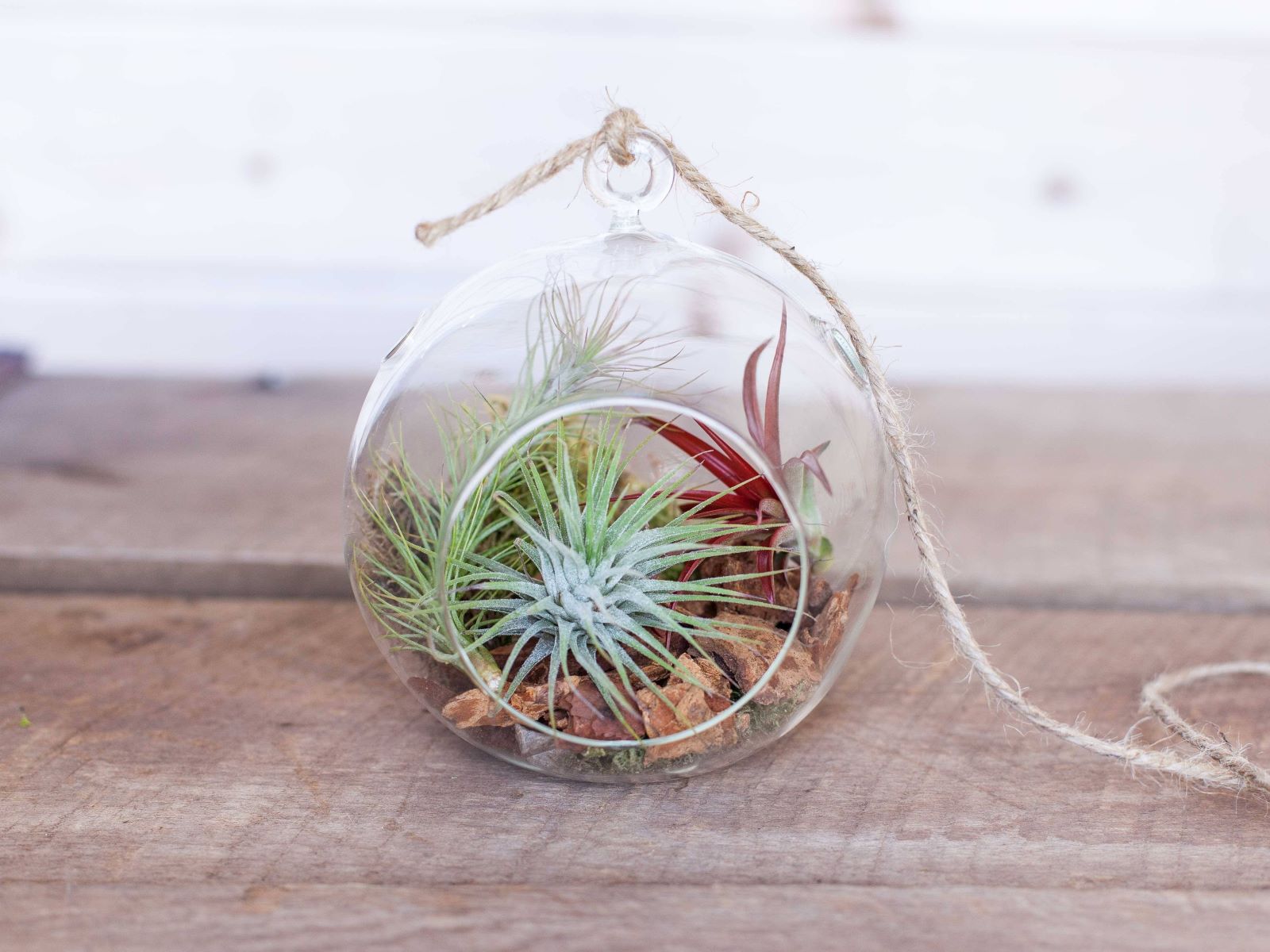

Interior Design Trends
How To Plant Air Plants In Glass
Published: February 7, 2024
Discover the latest interior design trend of planting air plants in glass containers. Learn how to create a stunning and unique display for your home. Explore our tips and ideas for incorporating this trend into your interior design.
(Many of the links in this article redirect to a specific reviewed product. Your purchase of these products through affiliate links helps to generate commission for Storables.com, at no extra cost. Learn more)
Choosing the Right Glass Container
When it comes to planting air plants in glass, selecting the right container is crucial for the health and aesthetic appeal of your plants. The ideal glass container should not only provide a visually appealing display but also offer the necessary conditions for the air plants to thrive.
Here are some key factors to consider when choosing the right glass container for your air plants:
-
Size and Shape: Opt for a glass container that allows ample space for the air plants to grow and spread their roots. The container should accommodate the size of the air plants without crowding them. Additionally, consider the shape of the container – while cylindrical or spherical containers are popular choices, you can also explore geometric terrariums or hanging glass orbs for a unique look.
-
Transparency: Transparent glass containers are preferred for air plants as they allow natural light to reach the plants from all angles. This is essential for the photosynthesis process, enabling the plants to thrive and maintain their vibrant green color.
-
Openings and Accessibility: Ensure that the glass container has wide openings or accessibility for easy placement and removal of the air plants. This is important for regular maintenance tasks such as watering, misting, and cleaning.
-
Drainage: While air plants don't require soil, proper drainage is still essential to prevent water from accumulating at the bottom of the container. Look for glass containers with small drainage holes or those designed to allow excess water to escape, promoting air circulation and preventing water-related issues.
-
Aesthetic Appeal: Consider the overall aesthetic of the glass container. It should complement the interior decor of your space and enhance the visual appeal of the air plants. You can choose from a variety of glass options, including clear, colored, frosted, or textured glass, depending on the desired aesthetic effect.
By carefully considering these factors, you can select a glass container that not only showcases your air plants beautifully but also provides a conducive environment for their growth and well-being. With the right glass container, you can create a stunning display of air plants that adds a touch of natural elegance to any indoor setting.
Key Takeaways:
- Choose a glass container that’s spacious, transparent, and easy to access for your air plants. Consider the aesthetic appeal and drainage to create a thriving and visually appealing display.
- Prepare the glass container by cleaning, sanitizing, and adding decorative elements. Position it in a suitable location for natural light and airflow to create an ideal environment for your air plants.
Read more: How To Remove Jenn Air Glass Cooktop
Preparing the Glass Container
Preparing the glass container for planting air plants is a crucial step that sets the foundation for a thriving and visually captivating display. Proper preparation ensures that the container provides an optimal environment for the air plants to flourish while enhancing the overall aesthetic appeal. Here's a detailed guide on how to prepare the glass container for planting air plants:
Cleaning the Glass Container
Before introducing the air plants, it's essential to start with a clean glass container. Thoroughly wash the container using mild dish soap and warm water, ensuring that all surfaces are free from dust, dirt, or any residues that may have accumulated during storage or handling. Rinse the container meticulously to remove any soap residue, and allow it to air dry completely before proceeding to the next step.
Sanitizing the Glass Container
To eliminate any potential harmful microorganisms and bacteria that may linger on the glass surface, it's advisable to sanitize the container. Prepare a solution of one part white vinegar to three parts water and use it to wipe the interior of the glass container. Vinegar is a natural disinfectant that effectively eliminates germs while being safe for the air plants. After sanitizing, rinse the container with clean water and let it air dry completely.
Adding Decorative Elements (Optional)
If you wish to enhance the visual appeal of the glass container, consider adding decorative elements before planting the air plants. This could include layers of colored sand, small pebbles, or decorative stones at the bottom of the container. These elements not only add a decorative touch but also serve practical purposes such as providing stability for the air plants and enhancing the overall aesthetic of the display.
Read also: 10 Best Air Plant Fertilizer for 2024
Positioning the Container
Once the glass container is clean, sanitized, and decorated as desired, consider the placement of the container within your living or working space. Choose a location that offers the right balance of natural light and airflow for the air plants. Avoid areas with direct sunlight or excessive heat, as this can cause the glass container to become too hot, potentially harming the air plants. Additionally, ensure that the container is positioned in a way that allows easy access for maintenance tasks such as watering and misting.
By meticulously preparing the glass container for planting air plants, you set the stage for a visually stunning and thriving display. The cleanliness, sanitation, and thoughtful decoration of the container contribute to creating an ideal environment for the air plants to flourish, adding a touch of natural elegance to any indoor setting.
Selecting the Right Air Plants
Selecting the right air plants is a crucial step in creating a captivating and thriving display within a glass container. With a wide variety of air plant species available, each offering unique characteristics and visual appeal, careful consideration is essential to ensure the selection aligns with the desired aesthetic and maintenance preferences. Here's a comprehensive guide to help you choose the right air plants for your glass container display:
Consider the Size and Growth Habit
When selecting air plants for your glass container, consider the size and growth habit of the plants. Some air plant species remain relatively compact, making them suitable for smaller glass containers or terrariums, while others have a more expansive growth habit, requiring larger containers to accommodate their size. Additionally, certain species produce offsets or pups as they mature, contributing to a fuller and more visually appealing display over time.
Evaluate the Leaf Color and Texture
The leaf color and texture of air plants play a significant role in the overall visual impact of the display. From vibrant green hues to silvery or blushing tones, air plants offer a diverse range of colors that can complement various interior design schemes. Additionally, the texture of the leaves, ranging from smooth and glossy to fuzzy or densely scaly, adds tactile interest to the display, creating a multi-dimensional visual effect within the glass container.
Read also: 9 Best Air Plant Fertilizer Spray for 2024
Assess the Light and Water Requirements
Understanding the specific light and water requirements of different air plant species is essential for ensuring their long-term health and vitality within the glass container. Some species thrive in bright, indirect light, while others prefer more shaded conditions. Similarly, certain air plants have higher water needs and benefit from frequent misting or soaking, while others are more resilient and can tolerate drier environments. By aligning the light and water preferences of the air plants with the conditions in your living or working space, you can create an environment where the plants can thrive.
Explore Unique and Rare Species
For enthusiasts looking to create a truly distinctive and captivating display, exploring unique and rare air plant species can offer an exciting opportunity to showcase extraordinary botanical specimens. These rare species often feature striking visual characteristics, such as intricate leaf patterns, vibrant blooms, or unusual growth forms, adding an element of rarity and exclusivity to the glass container display.
Seek Expert Advice and Recommendations
If you're new to the world of air plants or seeking specific recommendations for your glass container display, don't hesitate to seek advice from knowledgeable plant enthusiasts or reputable nurseries. Experienced professionals can provide valuable insights into selecting air plants that align with your aesthetic preferences and maintenance capabilities, ensuring a successful and visually stunning display within the glass container.
By carefully considering the size, growth habit, leaf color and texture, light and water requirements, as well as the potential for unique and rare species, you can select the right air plants that will thrive within your glass container display, creating a visually captivating and harmonious botanical arrangement.
Planting the Air Plants in Glass
Planting air plants in glass containers is a delightful and creative endeavor that allows you to showcase these unique botanical specimens in a visually captivating manner. The process of planting air plants in glass involves careful consideration of the plants' needs and the aesthetics of the display. Here's a detailed guide on how to plant air plants in glass, ensuring a harmonious and thriving botanical arrangement:
Read also: 15 Best Glass Air Fryer for 2024
Gather the Essentials
Before planting the air plants, gather the essential materials required for the process. You will need the selected air plants, the prepared glass container, and any decorative elements, such as sand or small pebbles, if desired. Additionally, ensure that you have access to clean, chlorine-free water for watering the plants.
Positioning the Air Plants
Carefully position the air plants within the glass container, taking into account their size, shape, and visual balance. Depending on the design of the container and the number of air plants being used, you can create visually appealing arrangements by clustering the plants together or positioning them at different heights within the container. This step allows you to explore creative compositions that enhance the overall aesthetic of the display.
Securing the Air Plants
If desired, you can secure the air plants in place using decorative elements such as sand or small pebbles. Gently nestle the base of each air plant into the chosen decorative material, ensuring that the plants are stable and well-positioned within the container. This not only adds a decorative touch but also provides stability and support for the air plants, preventing them from shifting or tilting as they grow.
Consider Additional Decorative Elements
To further enhance the visual appeal of the display, consider incorporating additional decorative elements such as decorative stones, driftwood, or preserved moss. These elements can complement the natural beauty of the air plants while adding texture, color, and visual interest to the overall composition. When adding decorative elements, ensure that they harmonize with the aesthetic of the air plants and the interior decor of the space.
Read more: How To Plant Outdoor Plants In Pots
Final Adjustments and Inspection
Once the air plants are positioned and any additional decorative elements are added, take a moment to make final adjustments to the arrangement. Ensure that the plants are visually balanced within the container and that the overall composition aligns with your aesthetic vision. Additionally, inspect the container for any loose debris or particles that may have accumulated during the planting process, gently removing them to maintain a clean and polished display.
By following these steps, you can plant air plants in glass containers with precision and creativity, creating visually captivating displays that celebrate the unique beauty of these remarkable botanical specimens. The process of planting air plants in glass offers an opportunity to express your creativity while nurturing these fascinating plants within an elegant and harmonious environment.
Caring for Air Plants in Glass
Caring for air plants in glass containers is essential to ensure their long-term health and vitality while maintaining the visual appeal of the display. Proper care involves attention to the plants' specific needs, regular maintenance tasks, and a keen eye for any signs of potential issues. Here's a comprehensive guide on how to care for air plants in glass, nurturing them to thrive within their elegant and transparent habitat.
Providing Adequate Light
Placement of the glass container plays a crucial role in providing the right amount of light for the air plants. Position the container in a location that offers bright, indirect light, avoiding direct sunlight that can cause the glass to become too hot and potentially harm the plants. Regularly assess the light conditions in the chosen location to ensure that the air plants receive the optimal amount of light for healthy growth and vibrant foliage.
Watering and Misting
Maintaining appropriate moisture levels is vital for the well-being of air plants. While they don't require soil, they do need regular hydration. Water the air plants by submerging them in clean, chlorine-free water for about 20-30 minutes every 1-2 weeks, allowing them to absorb the moisture they need. After watering, ensure that excess water is shaken off to prevent water from accumulating in the glass container. Additionally, mist the air plants with water using a spray bottle 2-3 times a week, especially in drier environments or during warmer seasons, to provide supplemental hydration.
Air Circulation
Proper air circulation is essential for air plants to thrive. Ensure that the glass container allows for adequate airflow around the plants, preventing stagnation and promoting healthy respiration. Periodically rotate the container to expose all sides of the air plants to fresh air and prevent uneven growth. This simple practice helps maintain the overall health and vitality of the plants within the enclosed environment of the glass container.
Regular Inspection and Maintenance
Regularly inspect the air plants for any signs of distress or potential issues. Look for changes in leaf color, texture, or overall appearance, as these can indicate the plants' health status. Remove any dead or dried-up leaves by gently pulling them from the base of the plant. Additionally, inspect the glass container for any debris, dust, or mineral deposits, and clean it as needed to maintain a clear and visually appealing display.
Seasonal Considerations
During colder months or in environments with lower humidity, provide additional care to ensure the air plants remain healthy. Consider supplementing their hydration by misting them more frequently or placing a small humidifier near the glass container to create a more favorable microclimate. Adjust the care routine based on seasonal changes to accommodate the varying needs of the air plants and maintain their well-being throughout the year.
By following these care guidelines, you can ensure that your air plants thrive within the elegant confines of the glass container, creating a visually captivating and harmonious botanical display. With attention to light, water, air circulation, regular maintenance, and seasonal considerations, you can nurture your air plants to flourish, adding a touch of natural elegance to any indoor setting.
Frequently Asked Questions about How To Plant Air Plants In Glass
Was this page helpful?
At Storables.com, we guarantee accurate and reliable information. Our content, validated by Expert Board Contributors, is crafted following stringent Editorial Policies. We're committed to providing you with well-researched, expert-backed insights for all your informational needs.
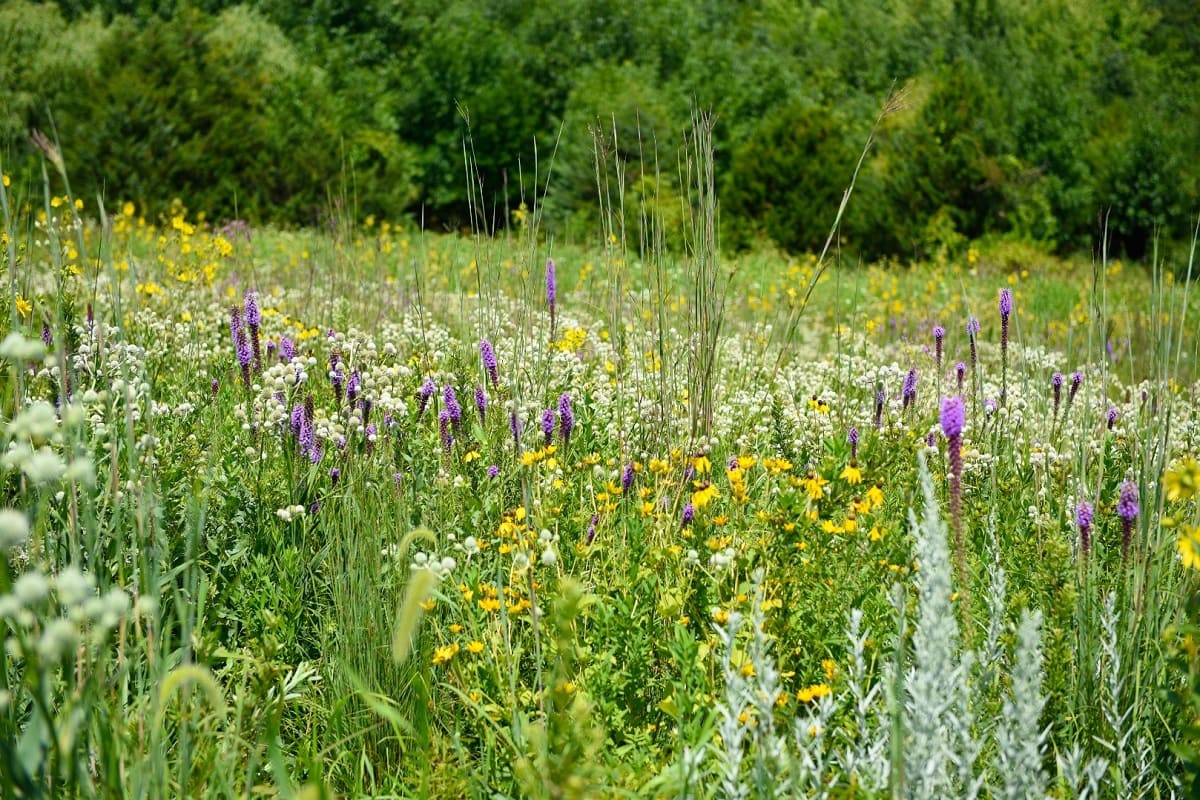
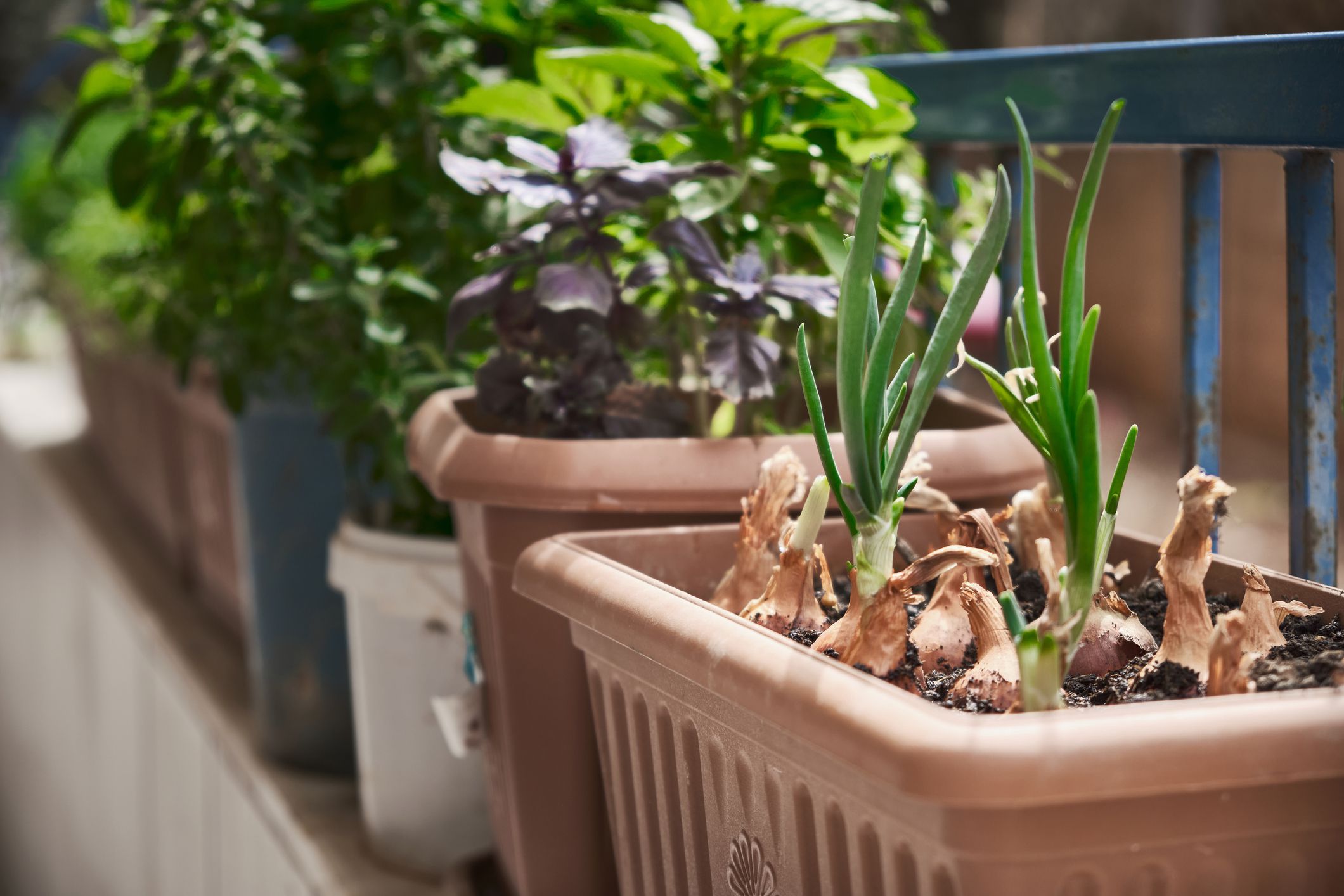
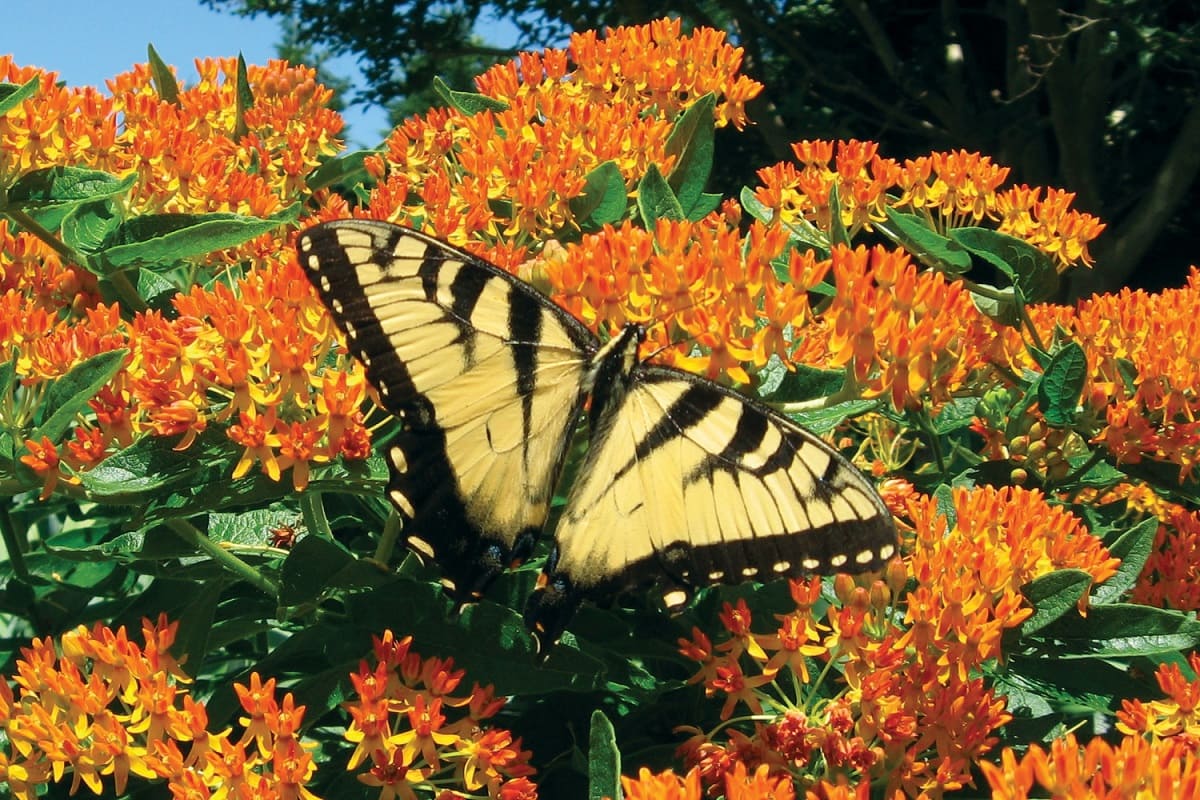


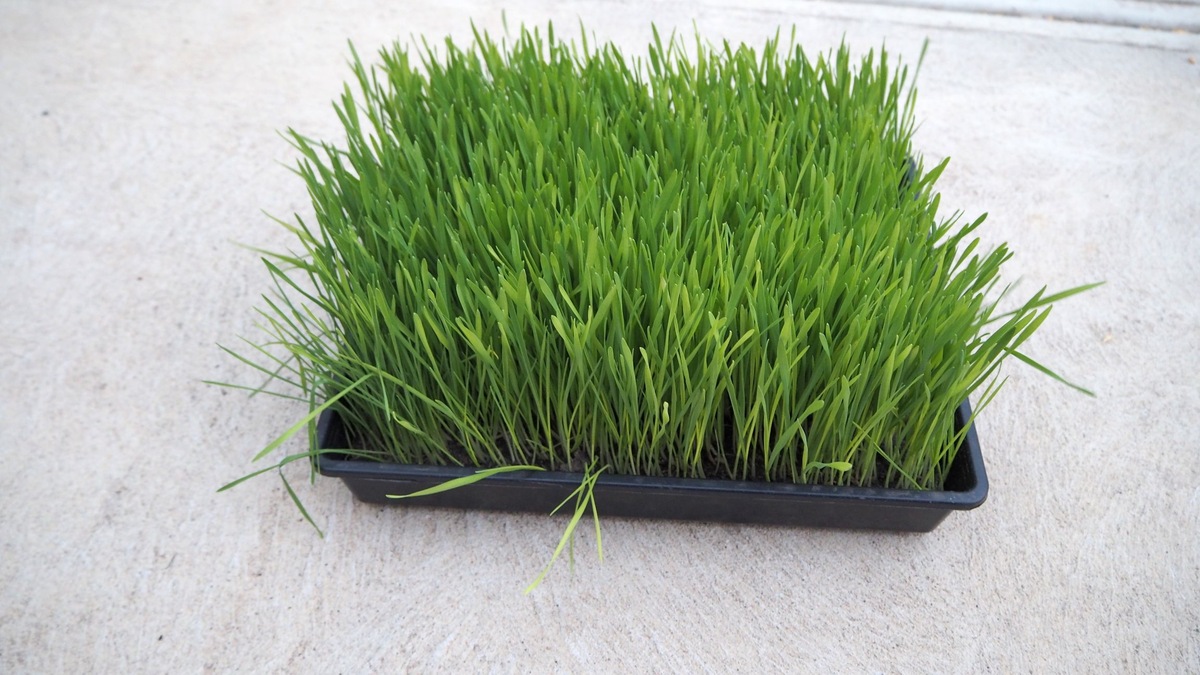
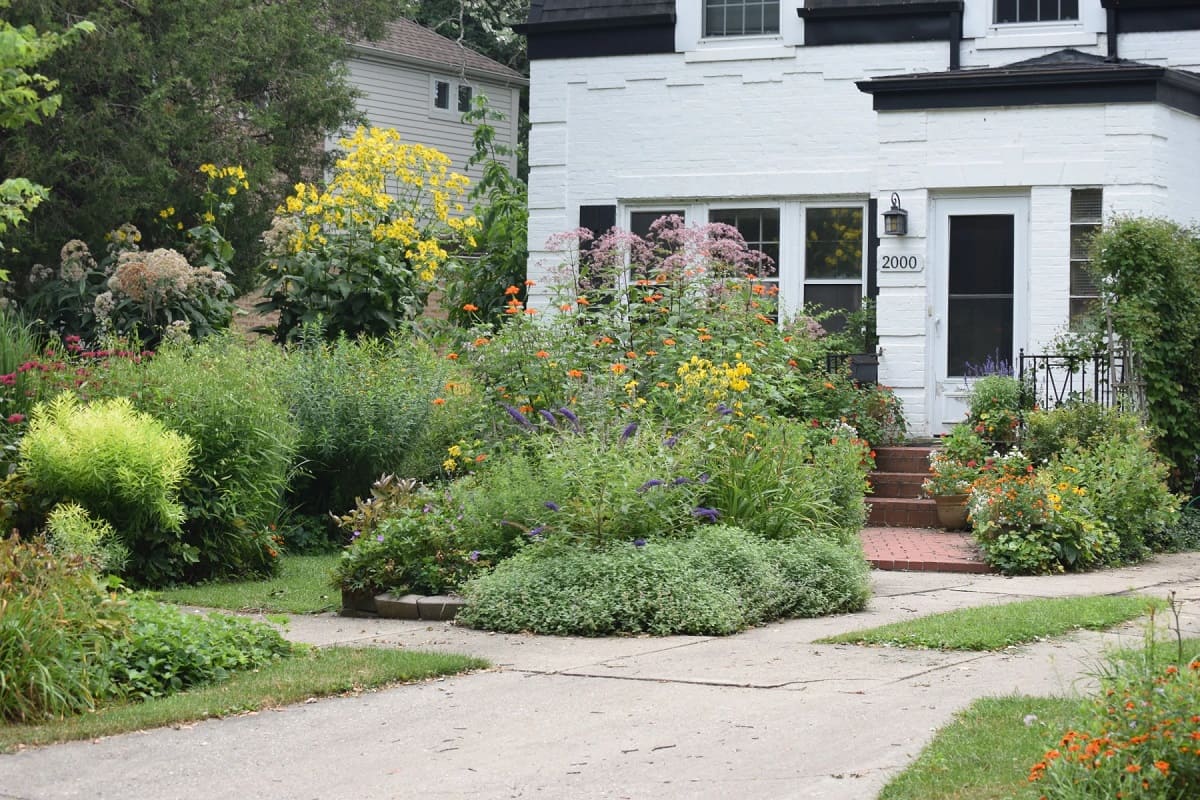


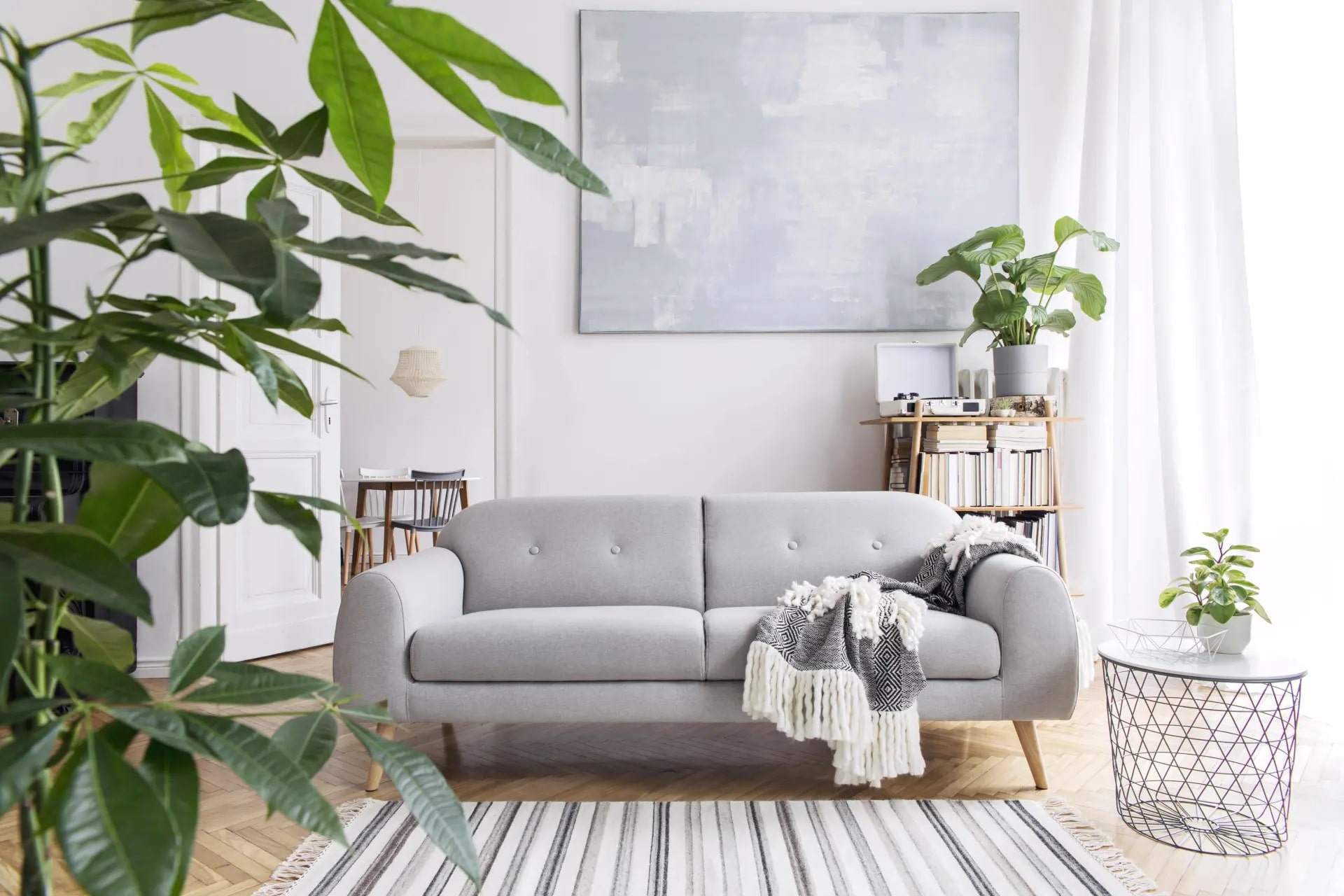

0 thoughts on “How To Plant Air Plants In Glass”